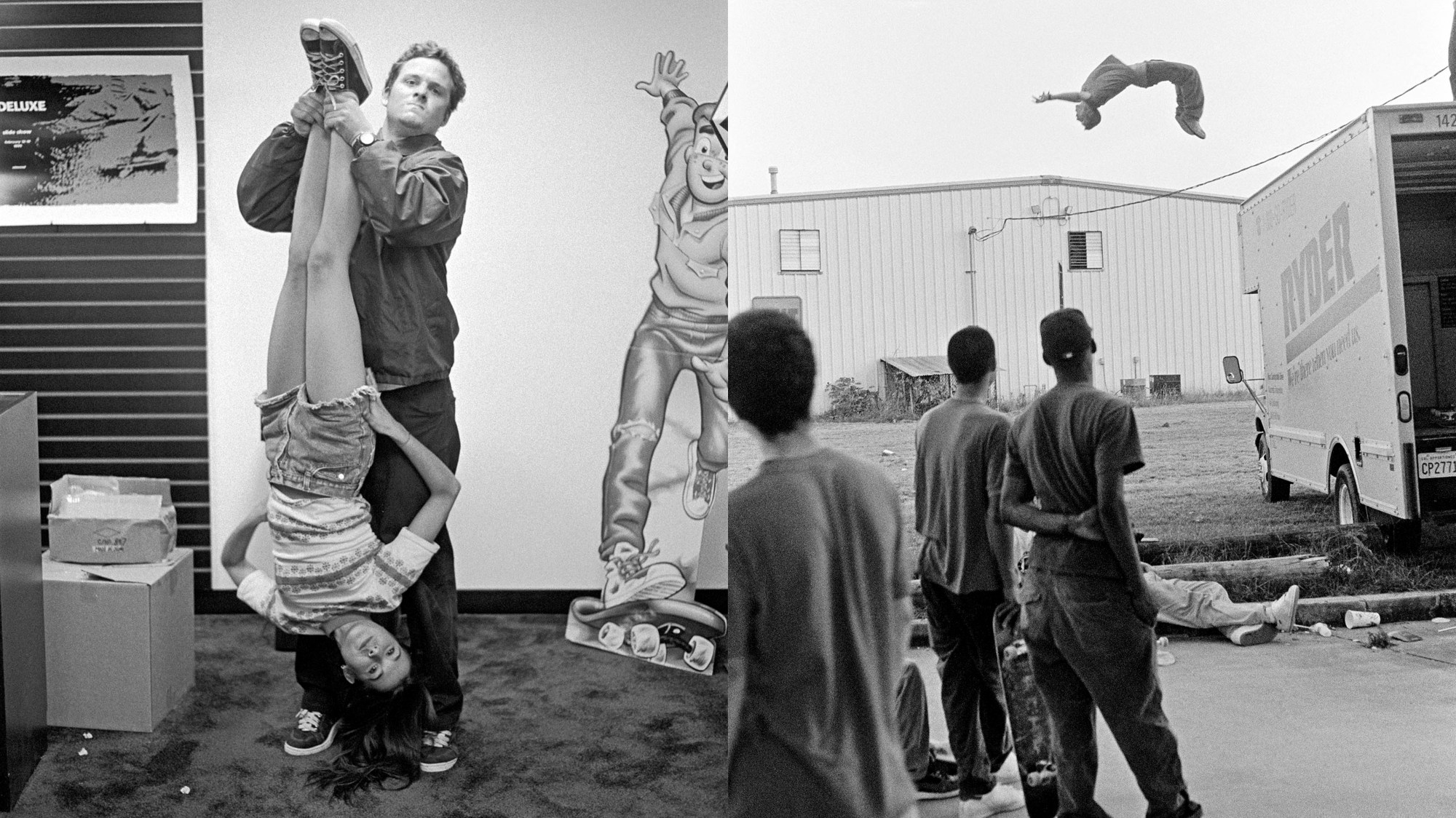Back in the summer of 1995, a group of pro skaters affiliated with two groups — Real Skateboards and Stereo Skateboards — crammed into a single van to tour the US. They drove around the country in five weeks, skating demos and staying in cheap motels. This was back when skateboarding was still underground, a genuine subculture, before energy drink sponsors, before Olympic approval, before skaters promoted themselves on their blue tick Instagram accounts.
“It was very underground,” says Greg Hunt, one of the skaters in said van. “It was our own thing. A lot of people loved the fact that your parents didn’t know about it, that not all the other kids in your school knew about it. It was a special thing that you were a part of that was yours.”

It was a subculture owned and run by the youth; it was unthinkable to have a career beyond the age of 25 at that time. “Basically, if you were a pro skater, you were between 15 and 22.” Greg is releasing a book of his photographs from that trip called 20th Century Summer. In it, he captures the downtime on tour, the in-between moments, the boredom, skaters daydreaming in bed, peering out the windshield at an endless American road, hanging out in parking lots behind skate shops like in Jonah Hill‘s Mid90s. Greg’s not interested in skate photos here. “For whatever reason, I didn’t shoot the skate demos,” he says, “it’s all just us in motels, or in the van or whatever else it was that we were doing.”
At the time, Greg — who’s best known for his skate films for Vans and directing music videos for Cat Power — had just got a camera and didn’t consider himself much of a photographer. For him, the camera was something to ease his social anxiety on the trip. “It gives you something to do if you don’t feel completely at ease,” he says, admitting he’s not an outgoing person. He was soon hooked on photography, shooting 12 rolls — around 400 images — alone that trip. He was the quiet observer who sat in the same back corner of the van, week after week, snapping away. His photos are a glorious time capsule of mid-90s skate culture. You can’t mistake the iconic trends of the day — huge cutoff trousers, high-top Vans cut down to low-tops, T-shirts so baggy they could fit a family of five.
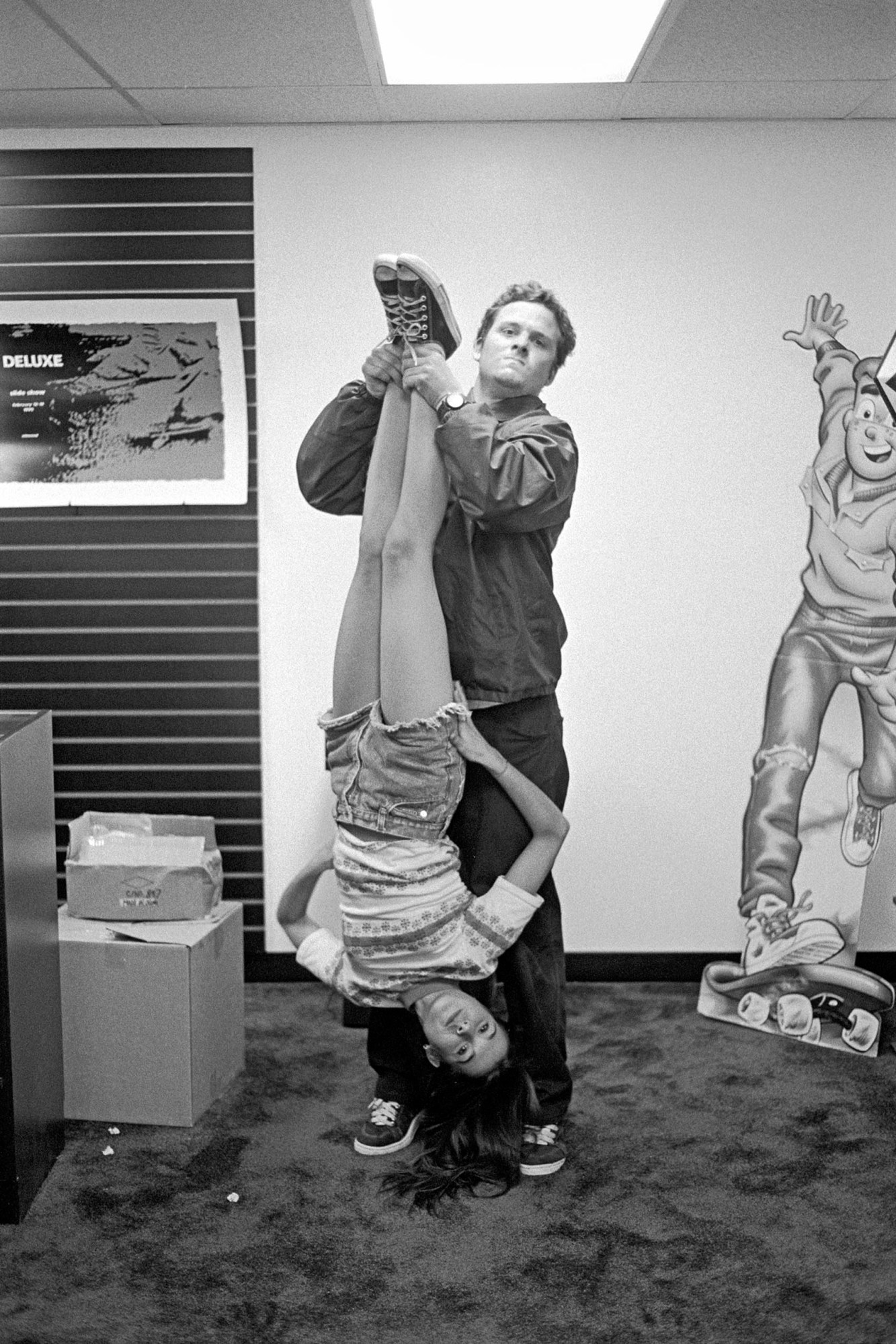
I wonder how he feels looking back at these trends. “I personally look at that as skateboarding’s dark ages,” he says. “I think the fashion in skateboarding was awful.” This surprises me, given that most skaters today look as if they fell out of 1995. “It’s a little weird to see kids basically dress like how we did at that time because it’s derivative,” he says. “It’s not sort of an organic thing or a sort of fashion evolution where there’s that small nugget, like a person or a crew, influences a bigger crew, and then that influences the world. It’s mostly coming from people just loving that era and recreating that era.”
The skate fashion back then was something we’d never seen before. There was zero nostalgia tied to it, and it was era-defining without knowing it. It’s hard to know where it even came from. “I don’t feel like it was really borrowing itself from another era, all of it was influenced 100% by the skateboarders that were in the magazines and videos, and a lot of those skateboarders were my friends or skateboarders that I knew.”
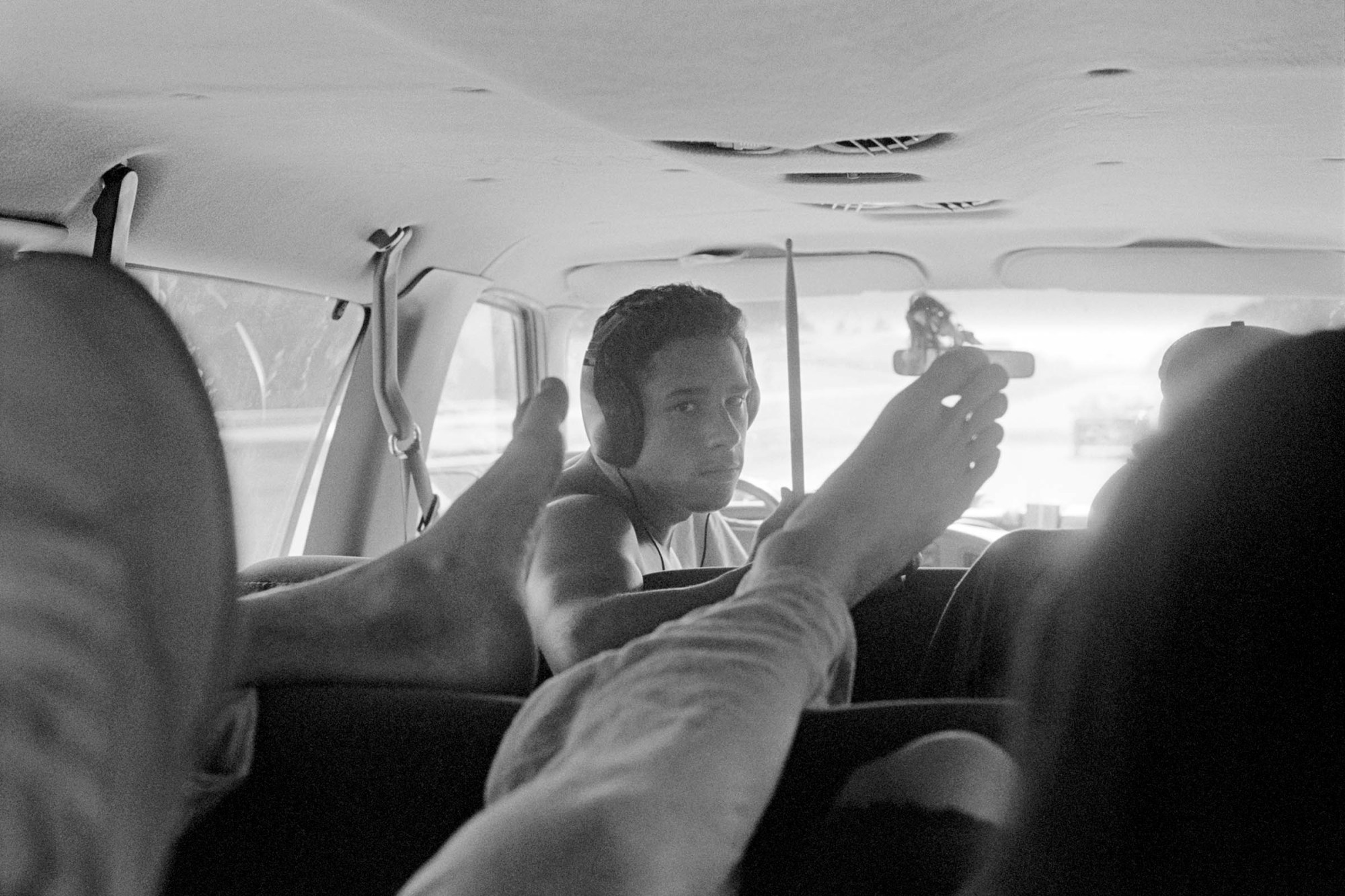
Is the modern interpretation of 90s skate fashion any better? “It’s almost like a costume, and I don’t mean that in a negative way, I think it’s great,” adding that today’s trends are slightly more fitted, slightly more stylish. “I honestly don’t think people are brave enough to go there, as far as how bad it really got. The pants at one point were so huge, they were cut off, the shirts were gigantic, and the pants would be red, the shirt would be green, you’d have some weird hat on.”
The guys in the van were between the ages of 17 and 24 and had no responsibilities other than turning up to skate a demo and signing products for kids. Once that was done, there might be a little drinking in the van, or they would stumble upon a half-ruined warehouse and smash it up some more. As to be expected, there were some hairy moments, Greg says, although he describes himself as “pretty square”, as if he were the sober narrator in a coming-of-age movie — though he did manage to have his own romance subplot.
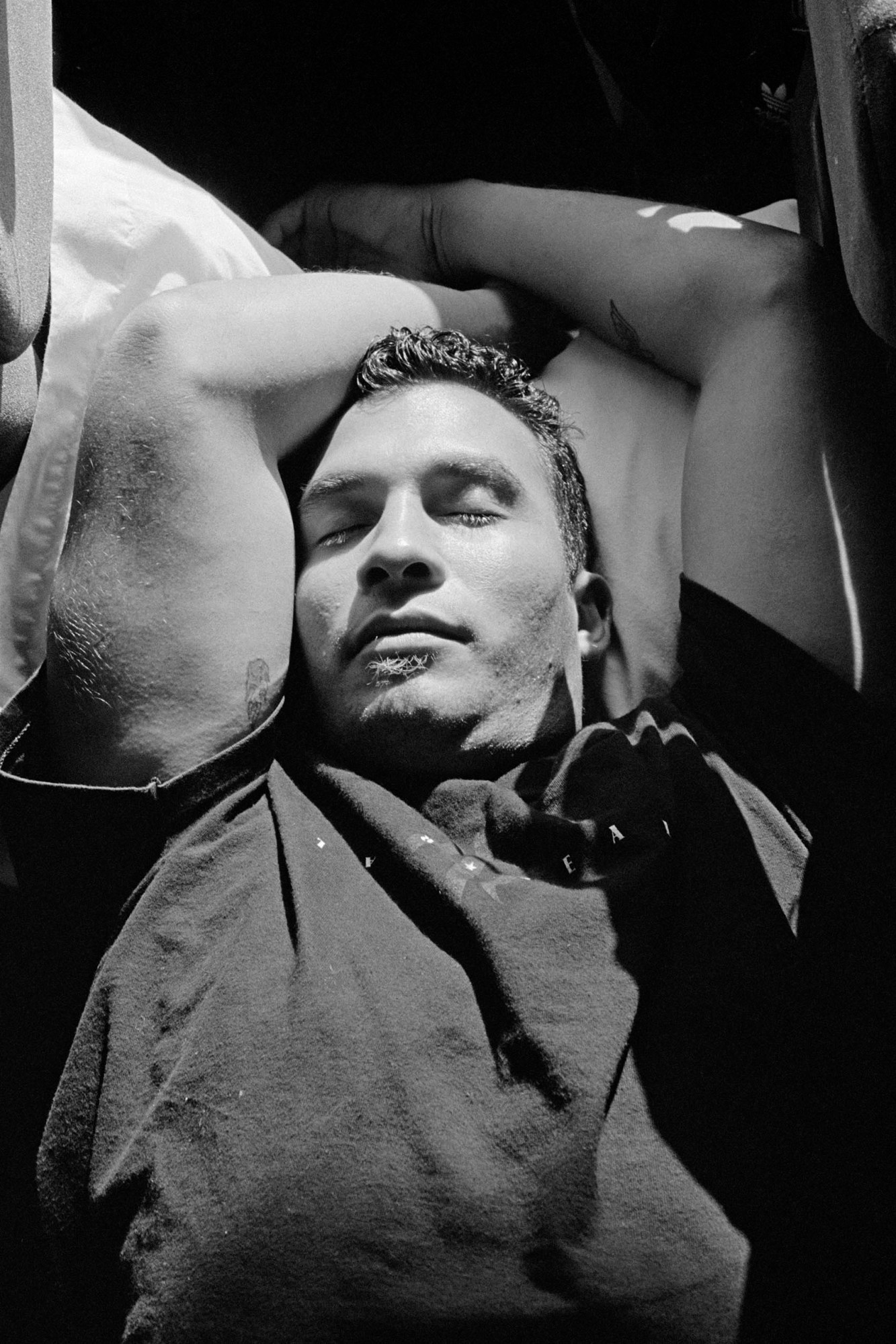
“I really kind of fell for this girl on the trip,” he says, mentioning that he met her in New Jersey and that they spent just one night together, but of course, when you’re young, it’s an intense thing. They kept in touch for a bit, talking on the phone, but when you’re that age, Greg says, “What can you do? We just lost touch with each other because I wasn’t gonna fly out there; I didn’t have the money; she was probably 19 or 20, I was the same. But really, it was one of those things where you meet somebody, and they really leave a mark on you.” Greg shot a picture of her necklace, which is in the book.
The trip would have been different had they had social media and smartphones. But then again, what makes the book and the era it captures so special is the absence of that force in young people’s lives. You look at the pictures and know the epic cultural shift that was to come. “The book captures this last chapter in time before we’re in our modern era where everyone has a phone in their hand,” says Greg, adding that skaters aren’t immune to these changes. You can’t tour the country in a van today and expect a similar experience as a photographer looking for contemplative snippets of life. Just like people on a bus or subway, skaters are scrolling, checking their DMs, their Whatsapps, their video views.
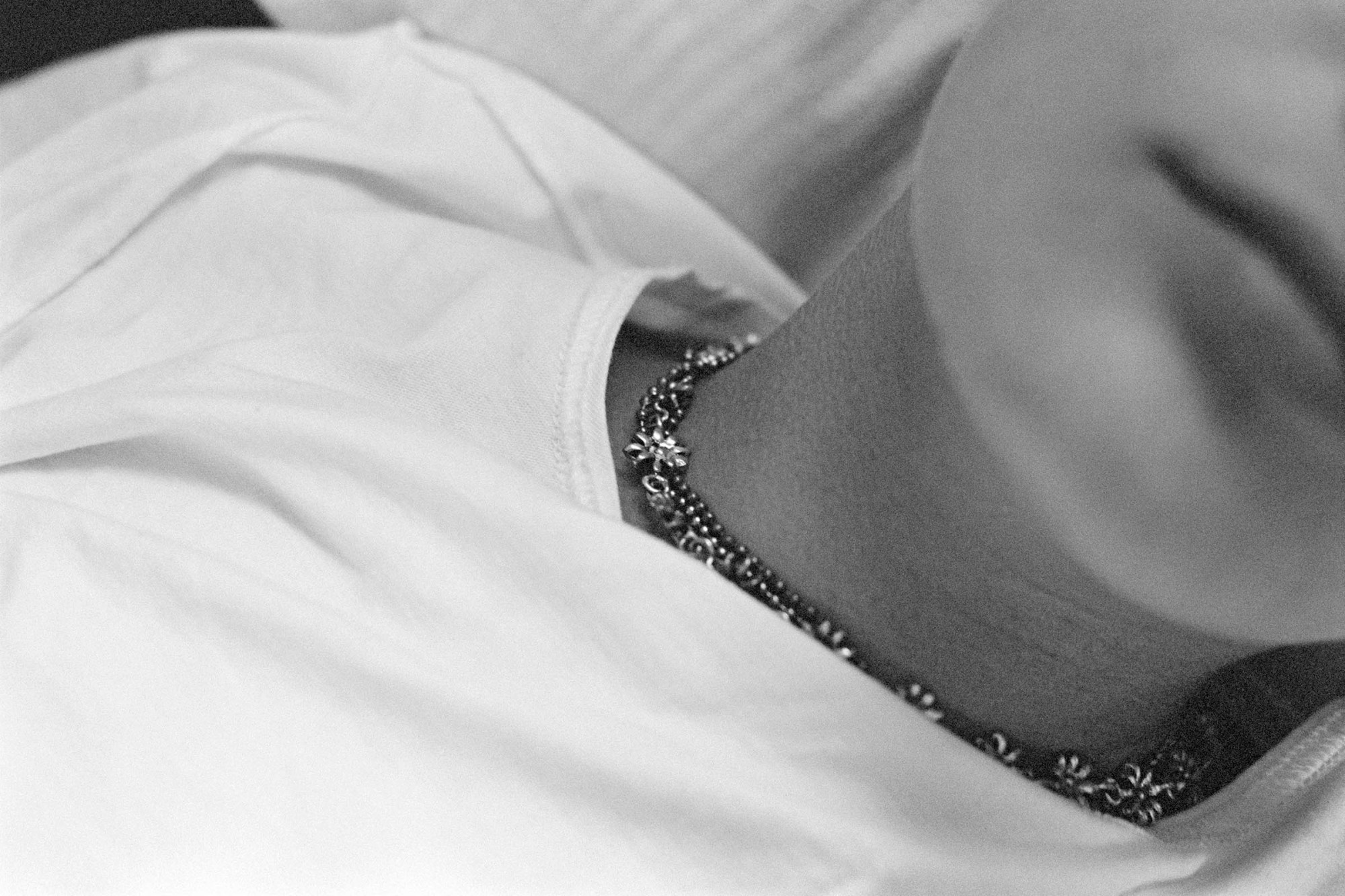
“I still find myself in situations in the van that are similar to that trip, but I find it really hard to shoot now because everyone is on their phone all the time. Once phones came around, it just became really difficult… if you’re in the van, usually nobody is talking; everyone is looking down.”
Looking back through the photos from that summer, everyone is living in the moment. No one cares about their views, likes or followers. You sense the freedom, the life that’s happening right here, right now. You feel the spirit of this is our culture; this is our own weird world. As Greg puts it, “skateboarding really embraced freaks and being unique; you never wanted to copy someone else; it was about adding your own thing to it.”

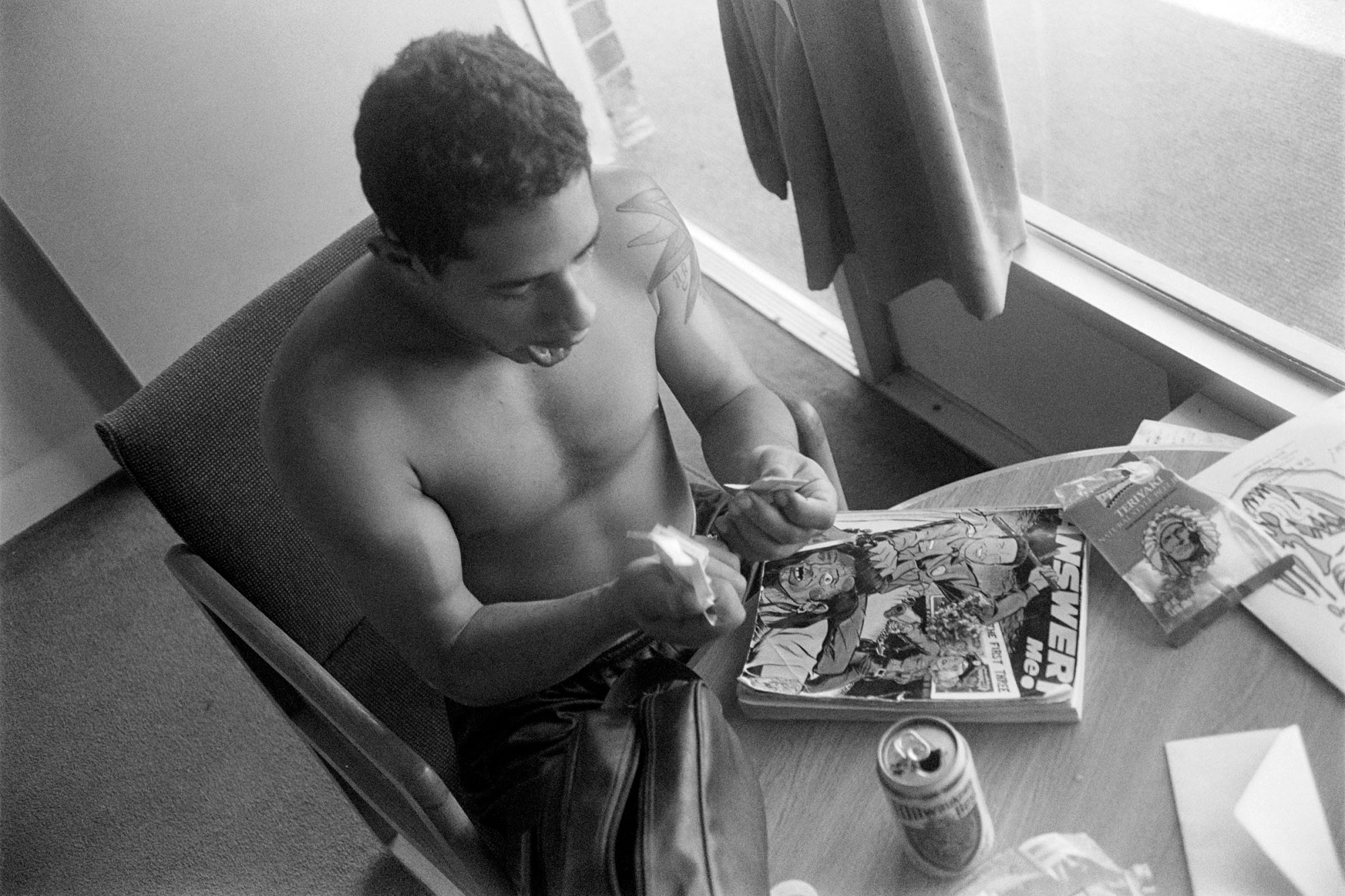
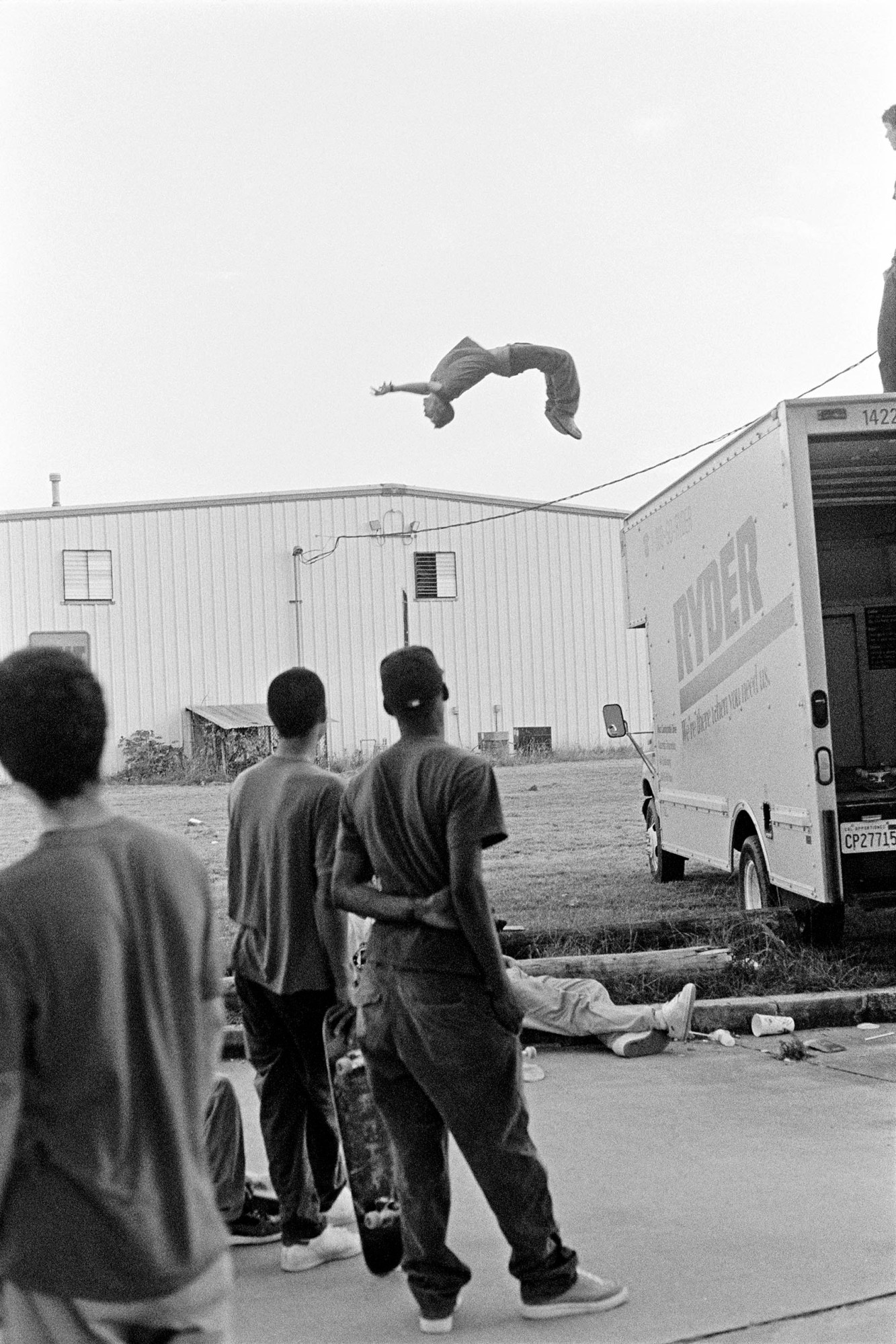
’20th Century Summer’ is now available to preorder via Film Photographic.
